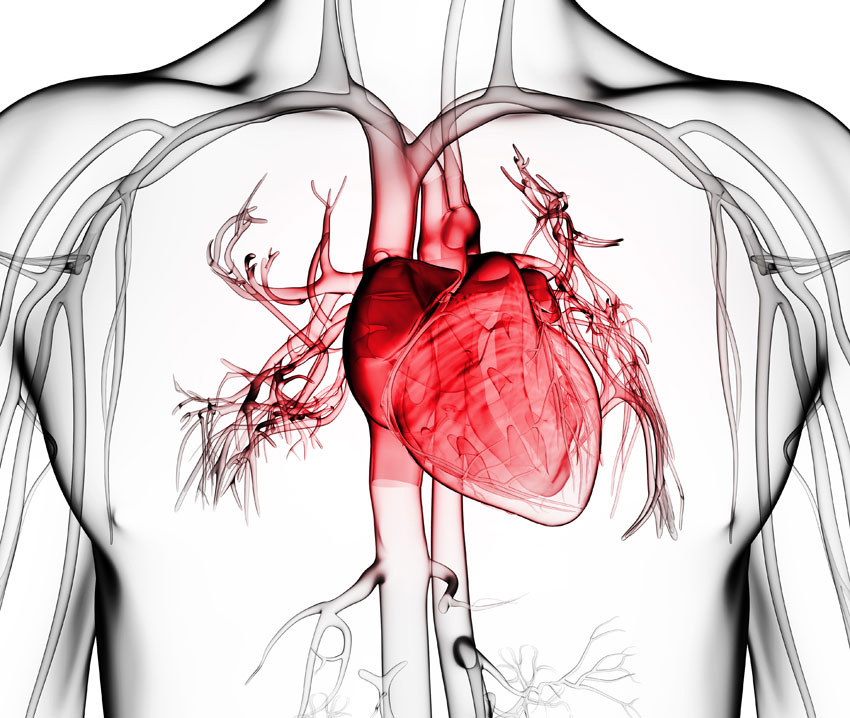Harvard Medical School Studies Weak Hearts

Heart image via shutterstock
A new study by Harvard Medical School researchers says that “sudden death” heart disease can be treated by reducing the heart’s production of a mutant protein.
Heart-related sudden death in Americans under 30 is almost always cause by a disease called hypertrophic cardiomyopathy, or HCM. HCM thickens the heart muscle, thereby weakening the heart wall, and can result in the heart’s inability to pump enough blood to the rest of the body.
The study, published in the October 3rd issue of Science, examined a sample of mice who carried the protein mutation for HCM over the course of several months. In previous studies, more than 1,000 mutations that cause HCM have been identified in ten different genes that produce heart muscle proteins. Harvard Medical School researchers focused on one mutation that causes the most severe form of HCM.
Patients with HCM carry one “good” copy of one of the ten genes that cause HCM, and one “bad” copy. Researchers targeted the “bad” copy and created an RNA interference tool that stopped it from producing its harmful protein. In mice, this tool reduced production of this protein by 28 percent. This number may seem low, but it’s enough to prevent HCM manifestations—such as scarring on the heart and ventricular wall overgrowth—in mice for about six months, which is roughly a quarter of a mouse’s life span.
Dr. Christine Seidman, senior author of the study and professor of Medicine and Genetics at Harvard Medical School, said in a press release:
“For all intents and purposes, the heart looked normal. Wonderfully, boringly normal.”
The results of the mice experiments created hope for future treatments to slow the progression of HCM. Although the RNA interference tool could not reverse existing damage caused by HCM, it did prevent new damage from occurring. Researchers hope that this treatment could prevent patients already diagnosed with HCM from reaching the heart failure stage of the disease.
For the immediate future, the study’s authors want to continue to experiment with mice and larger mammals to test if age affects the results of the RNA interference tool, and if they can develop ten RNA interference tools to cover all 1,000 mutations.


